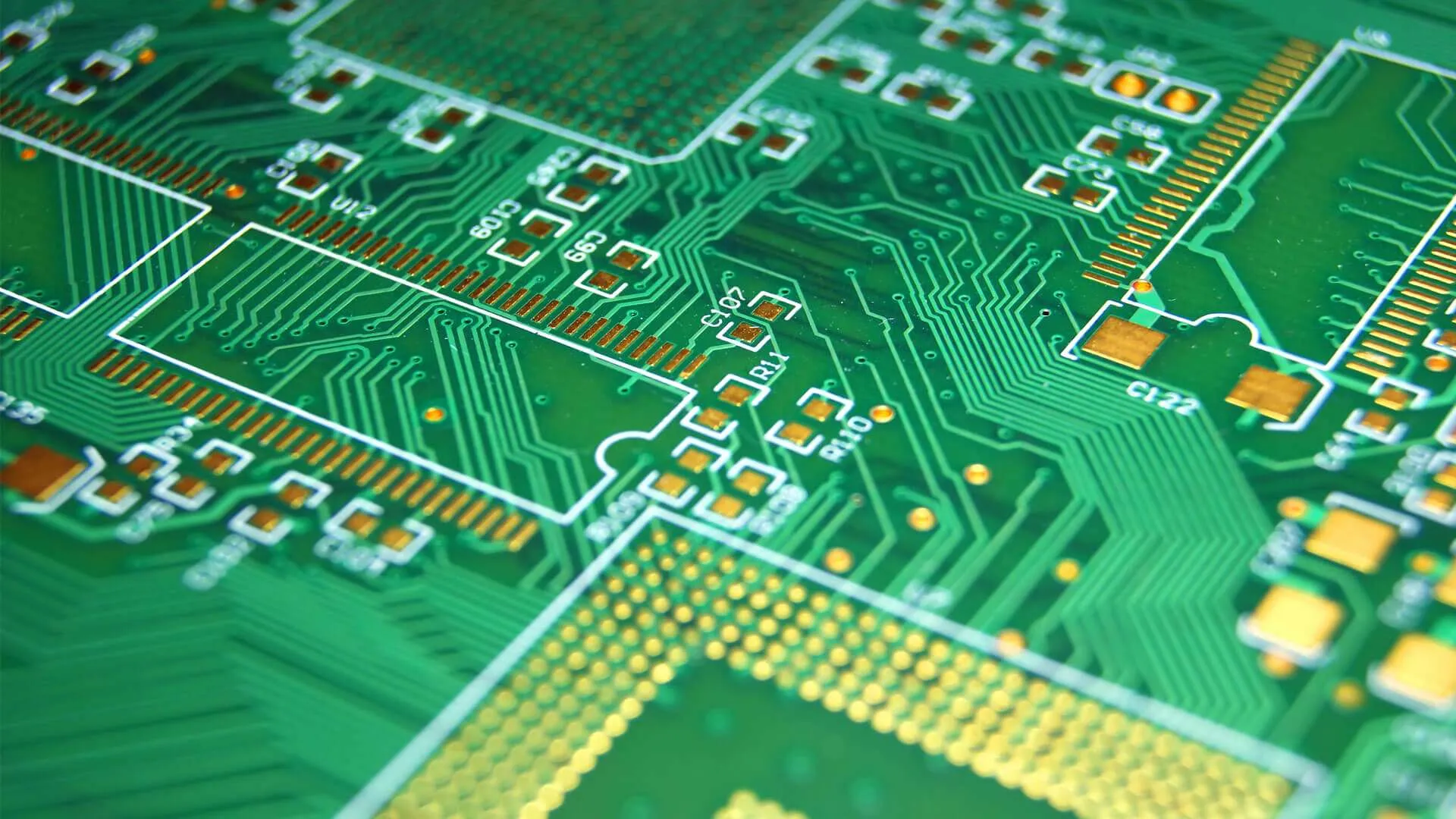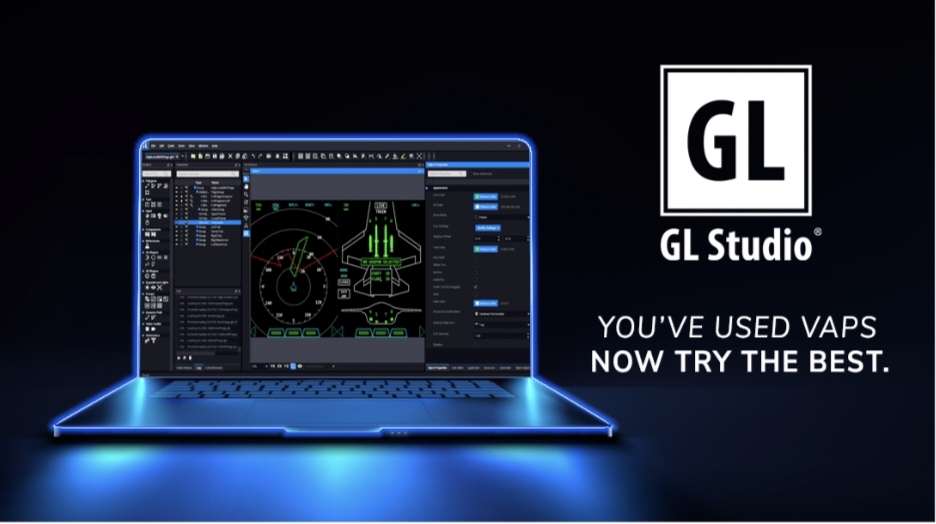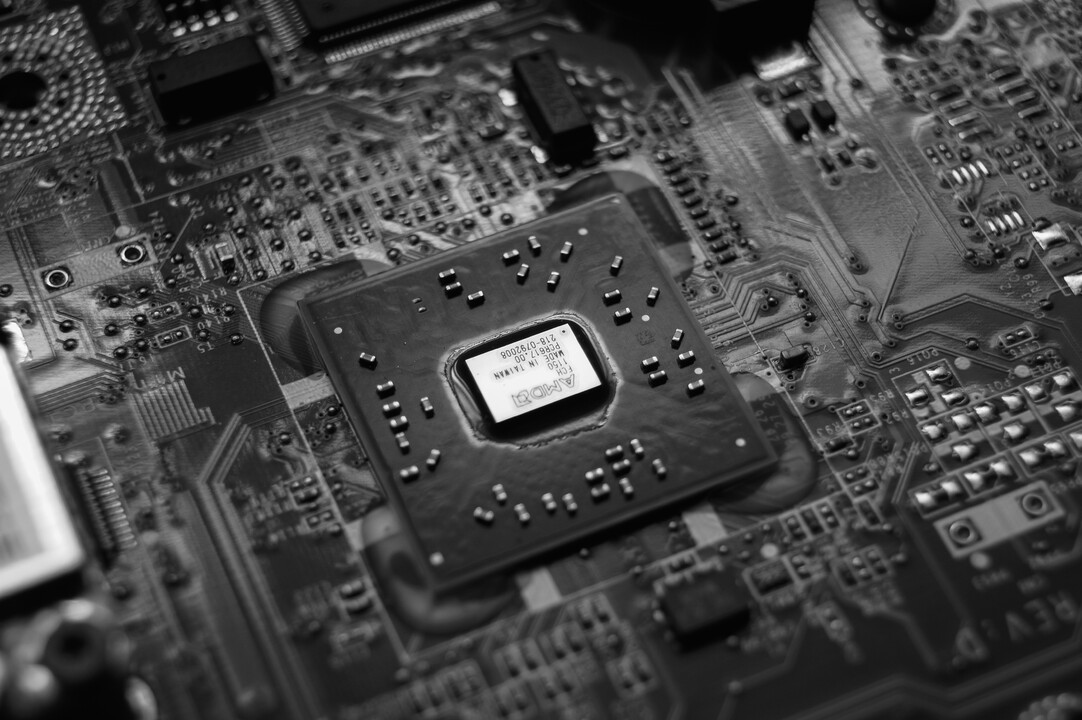Modern electronics are built on PCBs. They provide the foundation for making electronic devices work. These boards are also fascinating for their composition. To learn more features of PCB boards please visit KingsunPCB official website.
However, this article discusses the composition of PCBs, focusing on the materials used in PCB board design. These devices play an essential role in our daily routines. Understanding PCB board material and design is essential.
So, without spending much time, let’s dive into the discussion.
PCB materials: what are they?
In the process of making printed circuit boards, PCB or substrate materials are used. Provides insulation for copper layers that connect electronic components on a PCB. An assembly of printed circuit boards should consist of:
Substrate Layer:
A substrate layer supports a printed circuit board. It’s usually fiberglass. Fibreglass provides PCB stiffness due to its rigidity. It is also possible to use other kinds of materials as substrates. FR-1, epoxy, CEM-1, and G-11 are examples. Specific materials meet glass transition temperatures and dielectric constants. It is most common to use fiberglass or FR-4 as a substrate.
Conductive Layer:
It creates signal traces. Electricity is conducted through the signal lines. On printed circuit boards, copper works for conductive layers. You may also use silver or gold. PCBs typically have copper conductive layers. The conductivity of copper makes it a good conductor.
Soldermask Layer:
A thin polymer layer covers the solder mask. To protect the laminate from corrosion, it is placed over it. Solder masks give printed circuit boards a green hue. This layer assists PCB producers in soldering the board correctly, preventing solder bridges. Solder masks also prevent metal, solder, and other conductive materials from coming in contact with copper.
Silkscreen Layer:
Silkscreening is often done with epoxy ink on the board. In addition, it serves as a reference designator. It also helps recognize warning signs. Use a silkscreen to find manufacturer marks. White is the silkscreen’s primary colour. These materials are stable and reliable for electronic components.
Common PCB Materials
Each PCB material has its unique properties and characteristics for high-end PCB designs. Materials vary in price and reliability, depending on their application. As a PCB manufacturer, picking the right material is one of the most important decisions the company makes during the PCB board manufacturing process.
FR-4
FR-4 is versatile, cost-effective, and performs well in electronics. It’s a fiberglass cloth soaked in fire-resistant epoxy. This gives great electrical insulation, strong mechanics, and stable heat resistance.
Polyimide
Polyimide PCBs are great for heat, strength, and resisting chemicals. In high-temperature applications, it is often used. The material is chemically resistant and dimensionally stable.
CEM-3
FR-4 and CEM-3 have similar compositions and performance. CEM-3 is made of woven glass fibers saturated with epoxy resin. This is why it’s ideal for superb electrical insulation, strong mechanics, and stable heat resistance. For applications that do not need the highest levels of performance, CEM-3 is a more cost-effective alternative to FR-4.
Teflon
Teflon is a top-notch PCB material. It’s famous for its great electrical qualities and low dielectric constant (Dk). It works really well with electricity, which is why PTFE is commonly used in high-frequency and microwave stuff.
Rogers Material
Rogers is a top company making really good PCB materials. It has a wide range of products. All the products meet the electrical needs of various applications. RO4000 and R03000 series are the popular materials. They’re designed for situations with a lot of frequency, heat, or where reliability is super important.
Specialized PCB Materials
Printed Circuit Boards (PCBs) are foundational in electronics. Their materials dictate performance, durability, and functionality. Specialized PCB materials cater to specific requirements, enhancing the device’s performance.
Metal-Core PCBs (MCPCBs)
MCPCBs use a metal core, usually aluminum, as the base. They’re ideal for LED technology and power converters. The metal core provides excellent heat dissipation, ensuring the components remain cool.
High-Frequency Materials
For applications requiring higher frequencies, specialized materials like Rogers or Teflon are preferred. They offer reduced signal loss and are essential for advanced communication devices. Their dielectric constants ensure minimal signal interference.
Flexible and Rigid-Flex PCBs
Polyimide and polyester film are common materials used in flexible PCBs. They are slender, lightweight, and can flex without damage. Rigid-flex PCBs combine rigid and flexible boards, offering design flexibility and increased connectivity.
Ceramic-Based PCBs
Ceramic PCBs are a top choice for demanding electronics. The reason is their high thermal conductivity and electrical insulation properties. They are ideal for high-temperature settings. These PCBs ensure devices operate optimally, even in tough conditions. Their resilience and efficiency make them stand out in the PCB realm.
Conclusion
Printed Circuit Boards are essential in electronics. They consist of substrate, conductive, solder mask, and silkscreen layer. FR-4 is a common material. While materials such as polyimide, CEM-3, PTFE, and Rogers are used for specific needs. Advanced PCB materials cater to high-frequency communication, thermal management, and high-temperature endurance. So, while making a custom PCB, you must pick the right items according to your needs.




